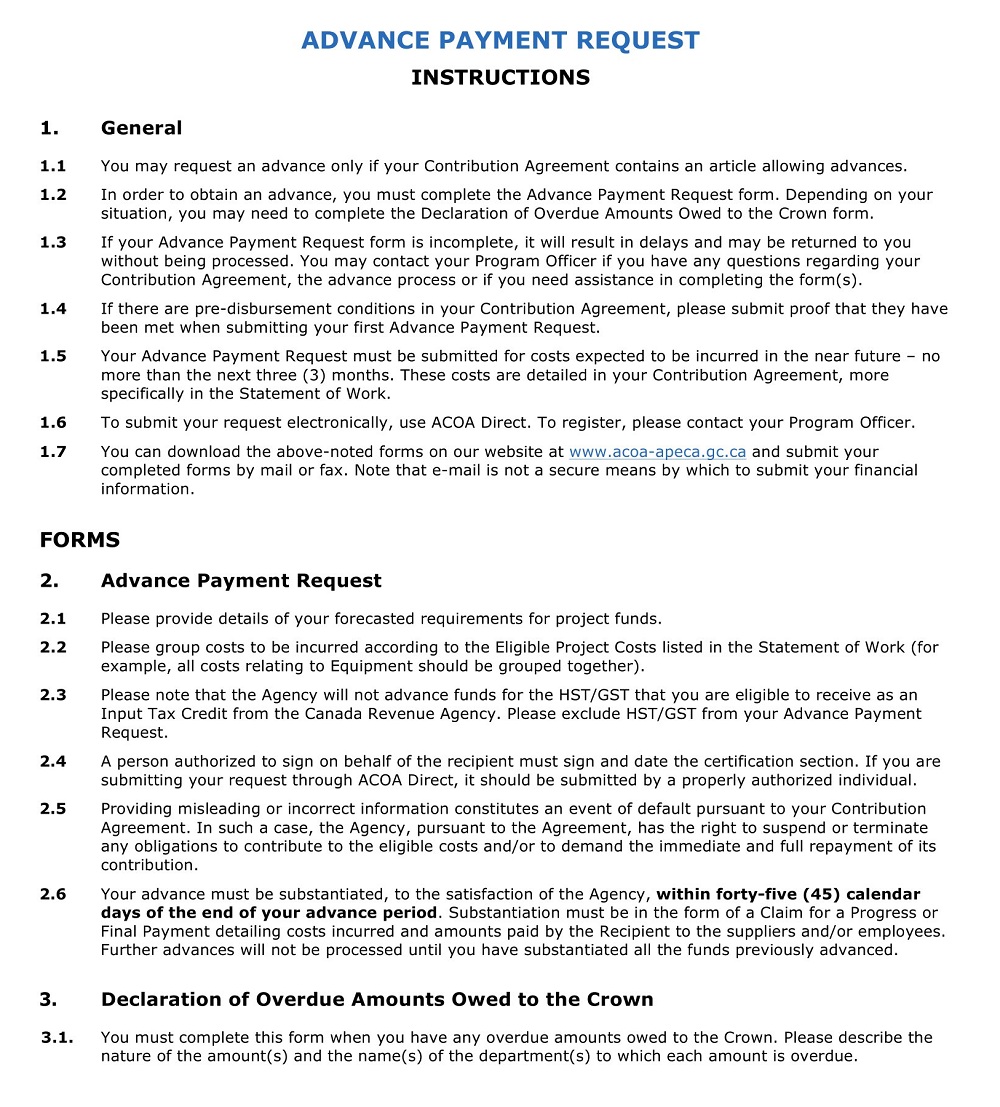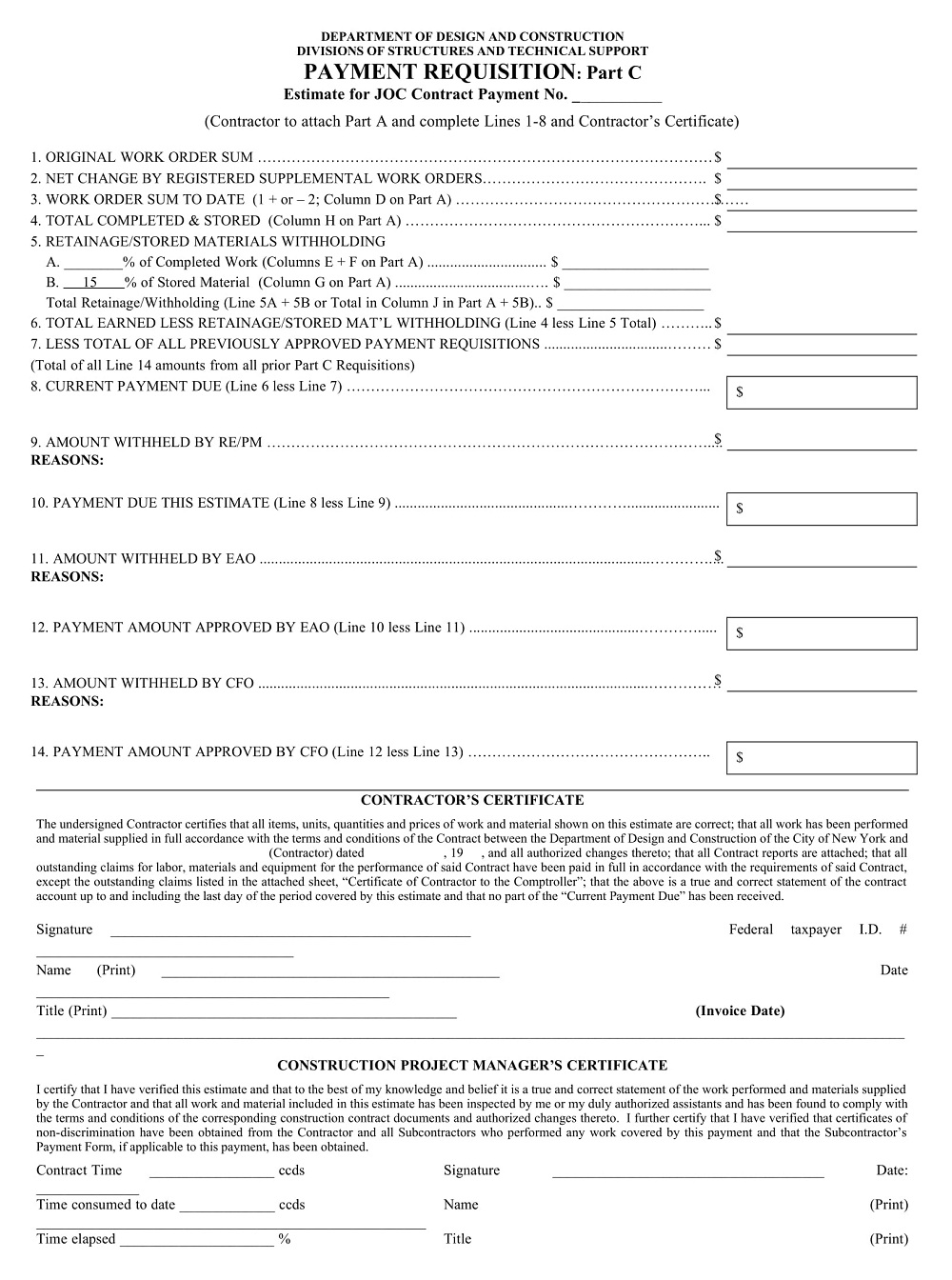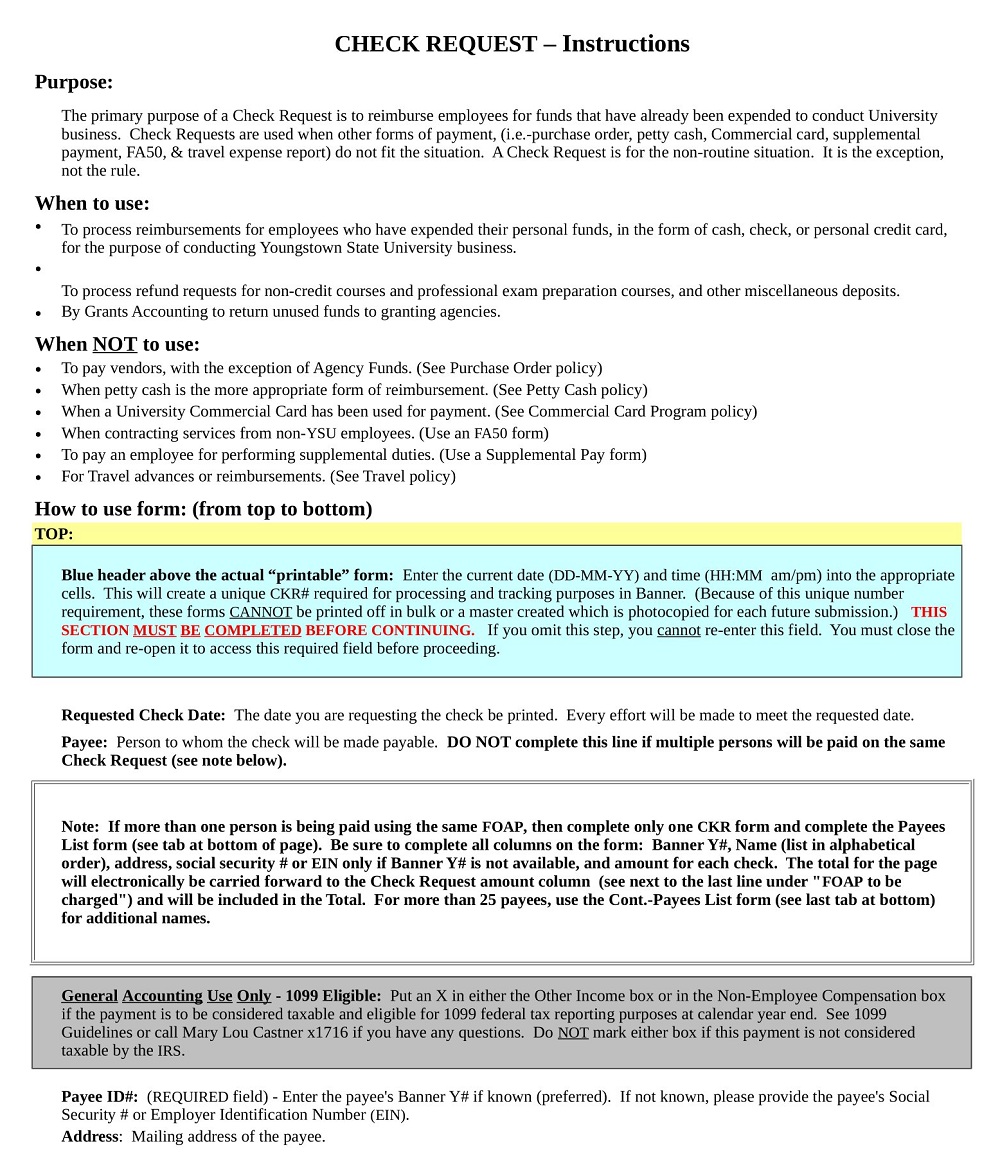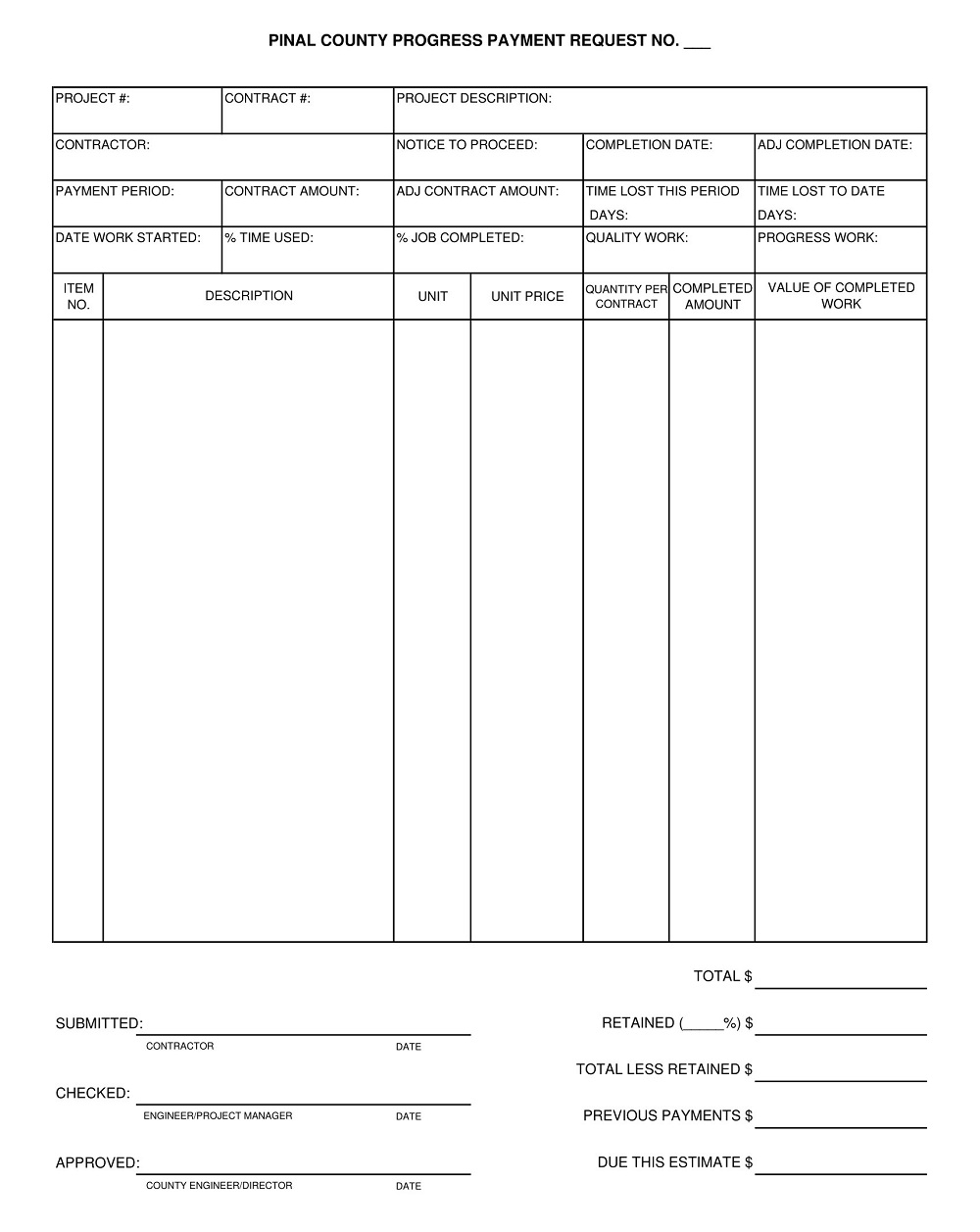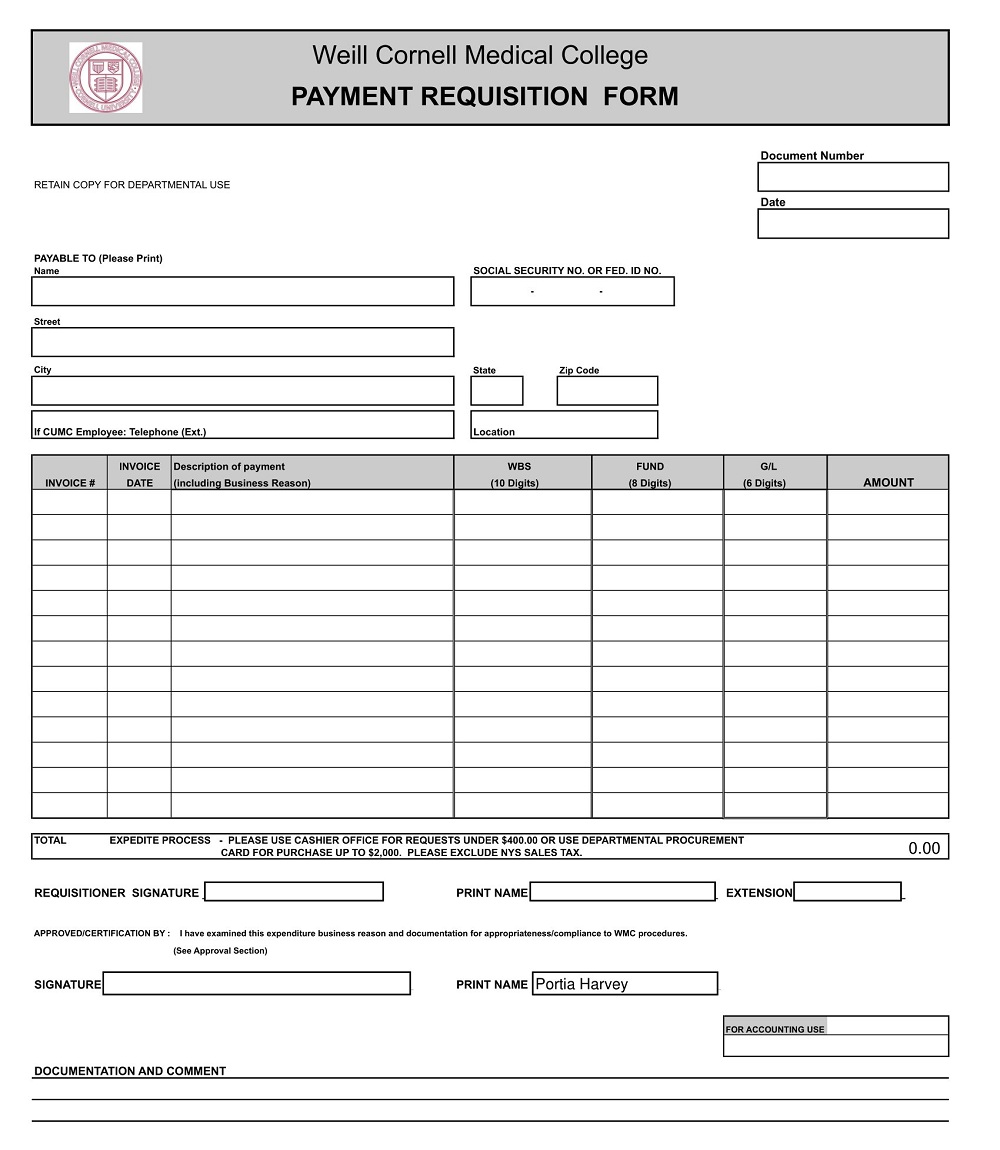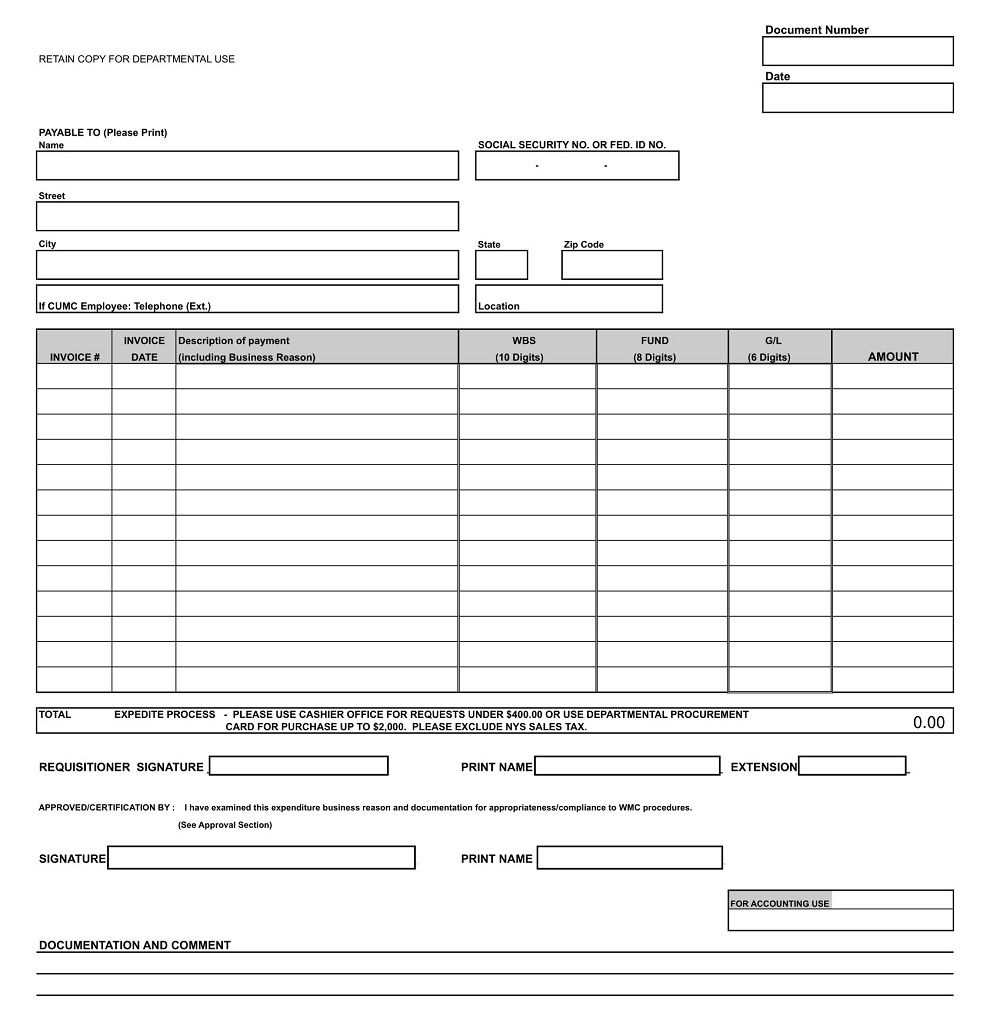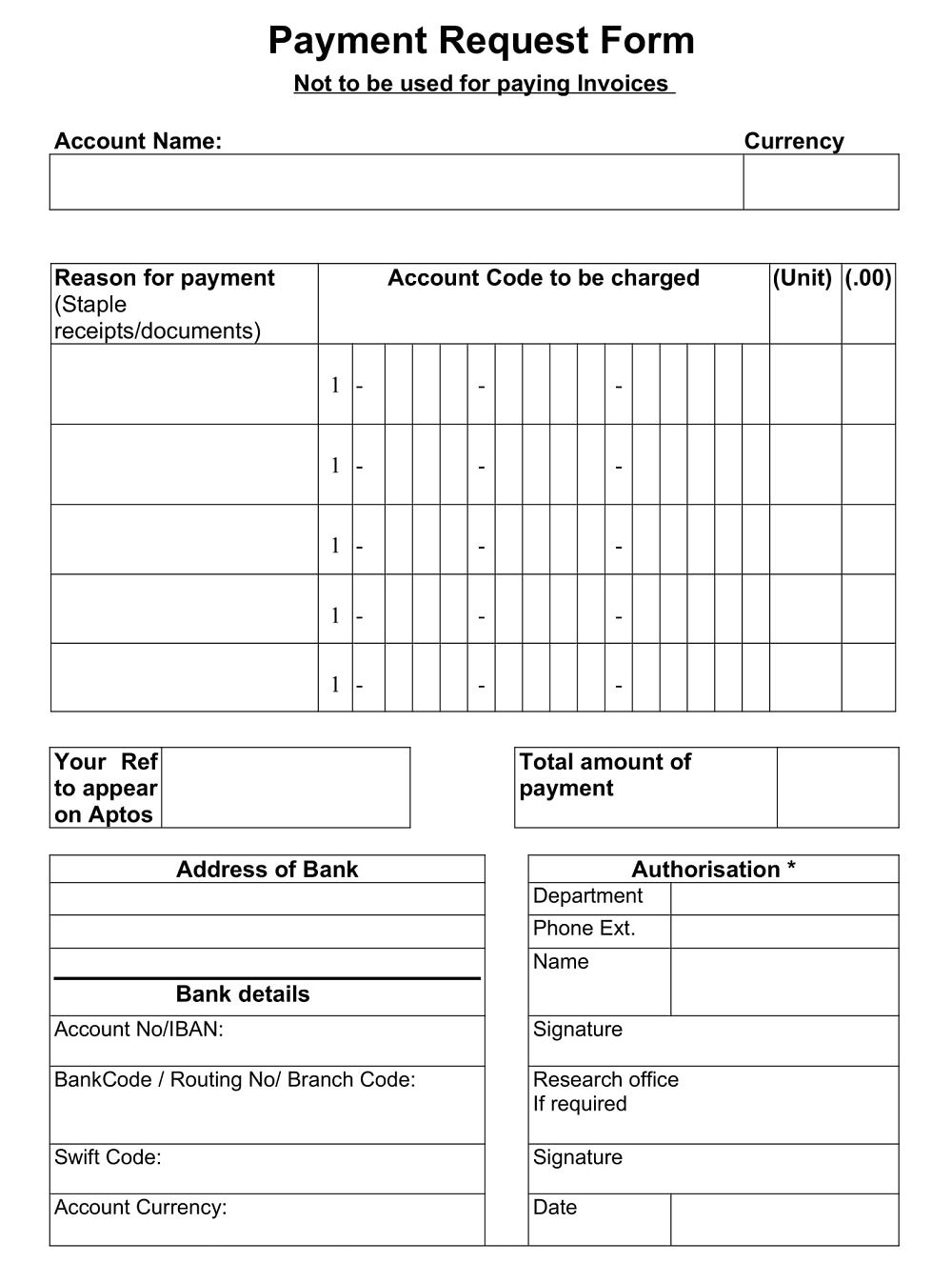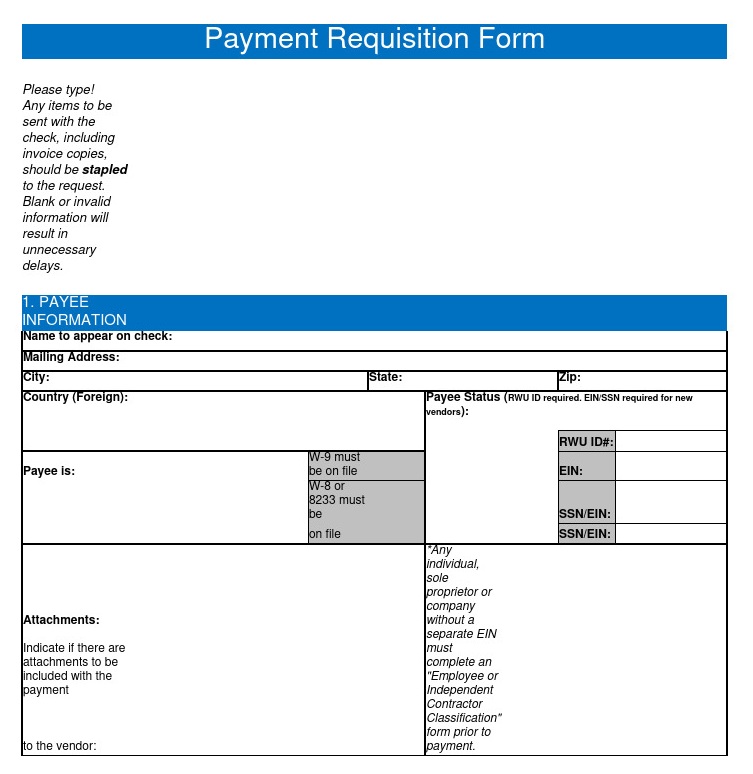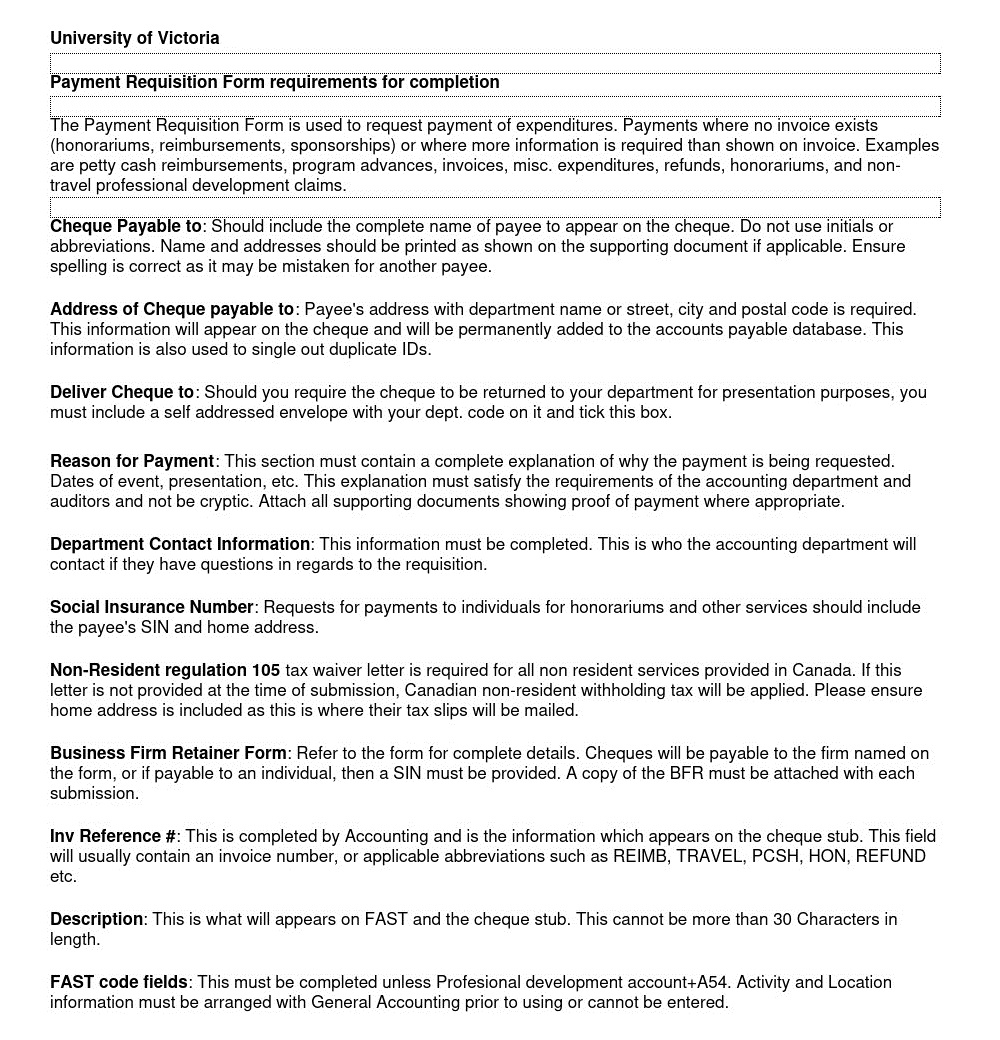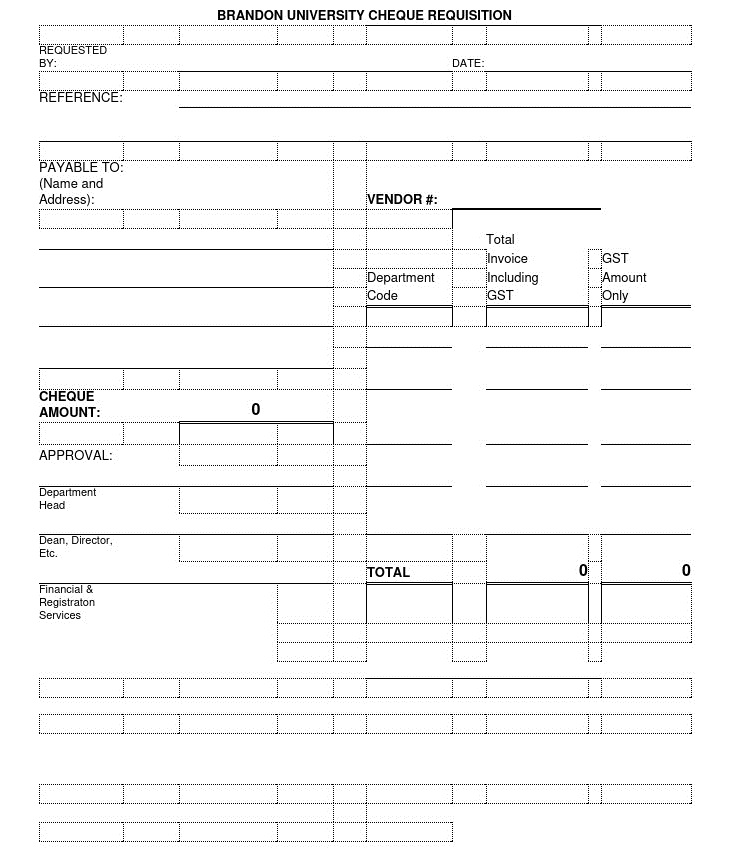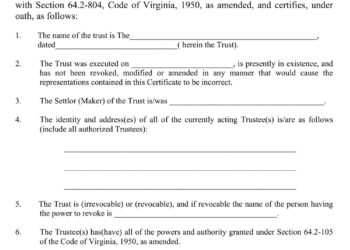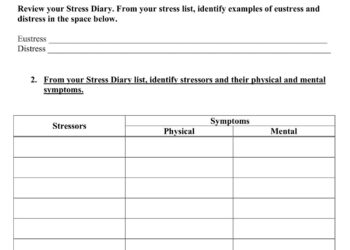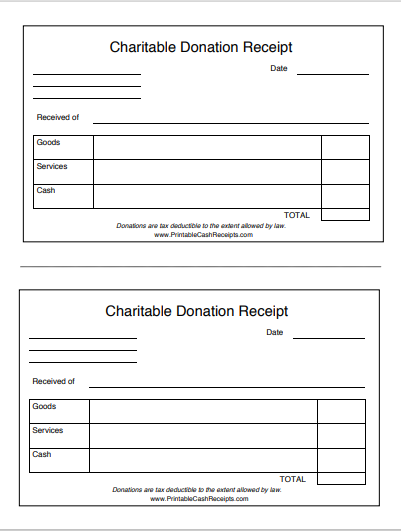Managing financial transactions is an integral part of any organization, and the smooth processing of payment requisitions is crucial for maintaining financial stability. Printable payment requisition form templates offer a convenient and efficient solution for businesses and individuals to request and track payments accurately. Download these templates free of cost in Word and PDF format to efficiently tracks all the important aspects of a requested payment, such as its necessity, purpose, and cost.
Detailing all pertinent information about the payment on one form helps make obtaining approval for the request much easier and more organized. Payment requisition forms templates are an efficient solution for finance departments to process requests quickly and accurately by providing detailed comparative data regarding budgeted costs versus actual expenses. With customizable options and user-friendly designs, printable payment requisition form templates are valuable tools for enhancing financial management. In this article, you’ll find a collection of free Printable Payment Requisition Form Templates and samples in PDF, Word, and Excel format that will help you to make your payment effective.
Download Free Printable Payment Requisition Form Templates
Advance Payment Requisition Form
|
Basic Payment Requisition Form
|
Blank Check Payment Request Template
|
Cheque Cash Payment Requisition Form
|
Cheque Payment Requisition
|
Club Payment Requisition Form
|
Construction Payment Requisition Form
|
Cornell Payment Requisition Form
|
Food Quality Check Requisition Form
|
Fuel Payment Requisition Form
|
Medical College Payment Requisition
|
Payment Requisition Form Excel
|
Payment Requisition Form PDF
|
Payment Requisition Form Template
|
Payment Requisition Form Word
|
Requisition For Payment Form
|
Simple Payment Requisition Form
|
Subcontractor Requisition For Payment
|
University Cheque Requisition Template
|
What is a Payment Requisition Form?
A payment requisition form is an important document used in business and finance to record entity expenses. It acts as a formal request to authorize payment for goods or services that have been purchased or rendered by an entity. Payment requisition forms are commonly used in organizations, businesses, or institutions to facilitate the process of requesting payments for various purposes. This can include reimbursements for business-related expenses, vendor payments, employee reimbursements, or any other type of financial transaction that requires authorization and documentation. Supporting documents, such as invoices, receipts, or purchase orders, are often attached to the form to provide additional evidence and support the request. Payment requisition forms are a key part of any financial system, ensuring accurate documentation for all transactions and mitigating fraud and error in the processing of payments.
Importance of Payment Requisition Forms
Payment requisition forms play a crucial role in effective financial management for businesses and organizations. These forms serve as a documented and structured process for requesting and authorizing payments, ensuring accuracy, compliance, and financial control. By capturing essential details and supporting documentation, payment requisition forms provide transparency, accountability, and a clear audit trail. They facilitate proper authorization and approval, maintain accurate records of financial transactions, and enable efficient expense tracking and budgeting. With their importance in maintaining financial stability and promoting responsible financial practices, payment requisition form examples are indispensable tools in today’s business landscape. Here are some essential points that help you to understand the importance of payment requisition forms.
- Authorization and Compliance: Payment requisition ensures that all financial transactions are properly authorized and comply with internal policies and external regulations. It establishes a formal approval process, preventing unauthorized or inappropriate payments.
- Financial Control: Payment requisition provides a structured and controlled method for managing expenditures. It allows organizations to monitor and track their financial activities, ensuring that expenses align with budgets and strategic goals.
- Accuracy and Accountability: Through the payment requisition process, organizations maintain accurate records of financial transactions. This fosters accountability and transparency, enabling thorough auditing and ensuring the proper use of funds.
- Expense Tracking and Budgeting: Payment requisition facilitates expense tracking, allowing organizations to monitor spending patterns and make informed budgeting decisions. It helps identify areas of overspending or cost-saving opportunities, contributing to financial stability and efficiency.
- Vendor and Supplier Relationships: Effective payment requisition practices help build and maintain strong relationships with vendors and suppliers. Timely payments demonstrate reliability and trustworthiness, fostering positive business relationships and ensuring the availability of goods and services.
- Fraud Prevention: Payment requisition processes, including proper documentation and approval workflows, serve as a deterrent against fraudulent activities. By implementing thorough control measures, organizations minimize the risk of unauthorized payments or financial misconduct.
- Audit Readiness: Well-documented payment requisitions streamline the auditing process. Complete records of transactions, supporting documents, and proper approvals assist auditors in assessing financial compliance and accuracy.
- Efficiency and Streamlined Processes: Payment requisition streamlines financial workflows, reducing paperwork, and manual processing. Automated systems and standardized requisition forms expedite payment processing, saving time and resources.
By implementing efficient payment requisition processes, organizations can establish strong financial management practices and safeguard their financial well-being.
When We Need Payment Requisition Form
Payment requisition forms are essential tools used in various situations where organizations need to request and authorize payments. These PDF and Word format forms play a crucial role in ensuring accurate record-keeping, financial control, and compliance with policies and regulations. Understanding when and why payment requisition forms are needed is vital for maintaining proper financial processes and ensuring accountability within an organization. Payment requisition forms are typically needed in various situations within organizations. Here are some instances where payment requisition forms are commonly required:
Reimbursement of Expenses
When employees or individuals incur expenses on behalf of the organization, such as travel costs, office supplies, or client-related expenses, a payment requisition form is needed to request reimbursement.
Vendor Payments
To initiate payments to suppliers, contractors, or service providers for goods or services rendered, a payment requisition form is used. This ensures proper documentation and authorization for outgoing payments.
Invoice Payments
When receiving invoices from vendors or suppliers, a payment requisition form is necessary to request payment, ensuring that the invoice is processed and settled accurately and in a timely manner.
Employee Advances
In cases where an employee requires an advance payment or cash advance for work-related expenses, a payment requisition form is utilized to request the advance and specify the purpose and amount.
Grants or Funding Disbursements
Non-profit organizations, educational institutions, or research institutions may require payment requisition forms to request disbursements of grants or funding for specific projects or programs.
Contracted Services
For contracted services or independent contractors, payment requisition forms are used to request payment for completed work or services as outlined in the contract agreement.
Petty Cash Reimbursement
In situations where petty cash is used for small and immediate expenses, employees can submit payment requisition forms to replenish the petty cash fund and document the expenses incurred.
Miscellaneous Payments
Any other type of payment that requires proper authorization and documentation, such as honorariums, sponsorships, or donations, may require a payment requisition form.
Step-by-Step Guide for Payment Requisition
A payment requisition form or letter is an important document used by organizations to request payment for goods or services. It’s used to track spending, permits, and other payments. Creating a payment requisition form template ensures that the same information is collected each time the document is filled out. The steps involved in payment requisitions may vary depending on the organization and its internal processes. However, here are some common steps typically involved in the payment requisition process:
- Initiation: The payment requisition process begins when a need for payment arises. This could be for expenses incurred, vendor invoices received, or any other valid payment request.
- Choose a payment requisition template form: When it comes to efficiently managing payment requisitions, having a well-designed and standardized template form can make all the difference. That’s why we offer a diverse collection of payment requisition templates to choose from. Whether you need to request reimbursement for expenses, initiate vendor payments, or manage petty cash, our collection has you covered. By selecting a payment requisition template form from our collection, you can streamline your payment processes, ensure accurate documentation, and maintain consistency in your financial transactions.
- Completion of Requisition Form: The requester completes a payment requisition form, providing all necessary details such as payee name, payment purpose, amount, and supporting documentation. The form may also require additional information based on the organization’s requirements.
- Review and Verification: The payment requisition form is reviewed by the appropriate personnel, such as a supervisor, department head, or finance department. They verify the accuracy and completeness of the information provided and ensure compliance with policies and budgetary constraints.
- Approval: Once the form is reviewed and verified, it proceeds to the approval stage. The designated authority, such as a manager or finance officer, reviews the request and provides the necessary approval or authorization. The approval process may involve multiple levels of authority depending on the organization’s hierarchy and financial thresholds.
- Payment Processing: After receiving the required approvals, the finance department or designated personnel process the payment. This may involve generating a payment file, preparing a check, or initiating an electronic transfer, depending on the payment method and the organization’s payment procedures.
- Documentation and Record-Keeping: Throughout the payment requisition process, all relevant documentation, including the requisition form, supporting documents, approvals, and payment records, is properly documented and filed for future reference and audit purposes.
- Payment Disbursement: The approved payment is disbursed to the payee as per the organization’s payment schedule or agreement. This could involve mailing a check, making an electronic transfer, or any other agreed-upon payment method.
- Reconciliation and Reporting: The finance department reconciles the payment made with the corresponding payment requisition form and ensures proper accounting for the transaction. They also generate reports or update financial records to reflect the completed payment requisition.
Conclusion
In conclusion, payment requisition form templates offer numerous advantages for organizations seeking efficient and organized financial management. These templates provide a standardized and structured approach to requesting and authorizing payments, ensuring accuracy, compliance, and accountability. By utilizing payment requisition form templates, organizations can streamline their payment processes, enhance documentation and record-keeping, and improve communication and transparency. Customizability and user-friendly designs make these templates adaptable to specific needs and preferences.
Reference Link


